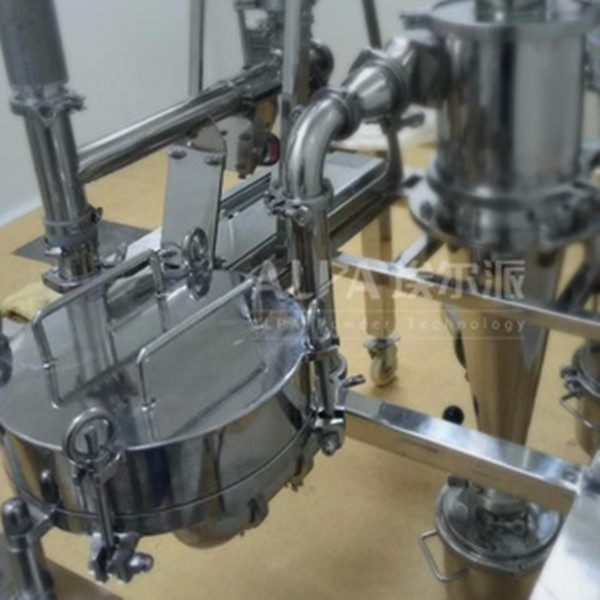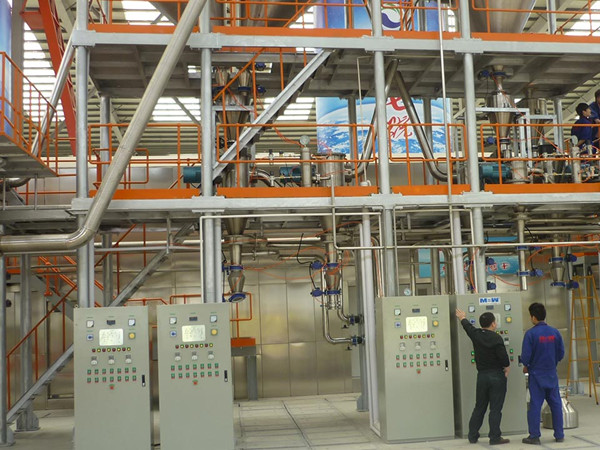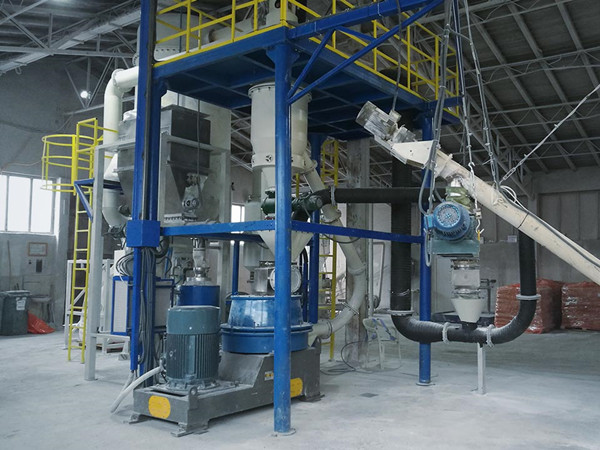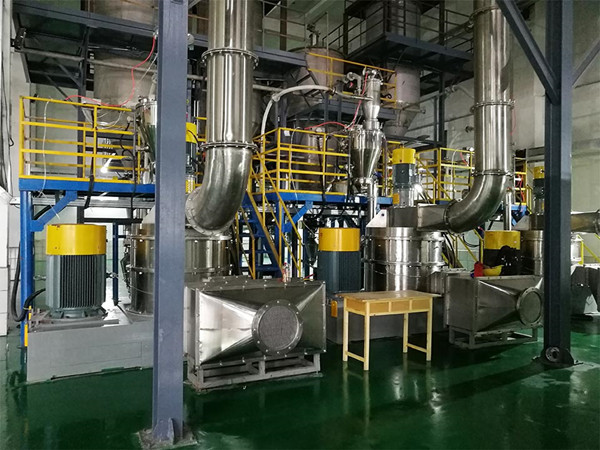Everything has its own components, and the ball mill is no exception. Its structure: the ball mill consists of the main components such as the feed portion, the discharge portion, the rotary portion, and the transmission portion (speed reducer, small drive gear, electric motor, electronic control). The hollow shaft is made of cast steel, and the lining can be replaced. The rotating gear is processed by rolling tooth. The cylinder is equipped with a wear-resistant bushing that has good wear resistance. The machine is operated smoothly and works reliably.
The device type, device combination method, and operation parameters of the ball mill greatly affect the grinding process of the ball mill and the modest grinding. The ball mill of the mining plant, in addition to the performance of the granularity of the product and can be performed in the open state, and most ball mills operate in closed-circuit states. Therefore, it is common to study the closure grinding.The ball mill is a large industrial equipment. A large amount of energy can be consumed during production and operation to complete the grinding of the ball mill. At present, due to the fierce competition in this industry, manufacturers are doing efforts to reduce operating costs and reduce expenses. Traditional ball mills have only general grinding effects and a large amount of energy is consumed during operation. We are now resolving this issue to resolve this issue. Perform internal modifications to reduce energy consumption.
The ball mill is a crushing of a crushing material. This type of grinder fills a small number of steel balls as a grinding medium in its cartridge. It is widely used in cement, silicate products, new building materials, refractory, fertilizers, black metals, and colored metallic macro, glass ceramics, and dry mills and wet mills of various ore and other coarable material. The ball mill is suitable for grinding various ore and other materials. It is widely used in mineralization, building materials and chemical industries. It can be divided into two types: dry mill and wet grinding. Depending on the drainage method, two types can be divided into plaid type and overflow type.
 API ultrafine pulverization production line for a pharmaceutical company in Guangdong
API ultrafine pulverization production line for a pharmaceutical company in Guangdong
 A Mining Group in Shandong Province: New Tin Powder Production Line
A Mining Group in Shandong Province: New Tin Powder Production Line
 A heavy calcium carbonate ball milling and grading + modification production line in a mineral facto
A heavy calcium carbonate ball milling and grading + modification production line in a mineral facto
 Quartz powder ball mill and air classifier production line in a mineral factory in Shandong
Quartz powder ball mill and air classifier production line in a mineral factory in Shandong
 3M new material factory: Resin grinding mill production line
3M new material factory: Resin grinding mill production line